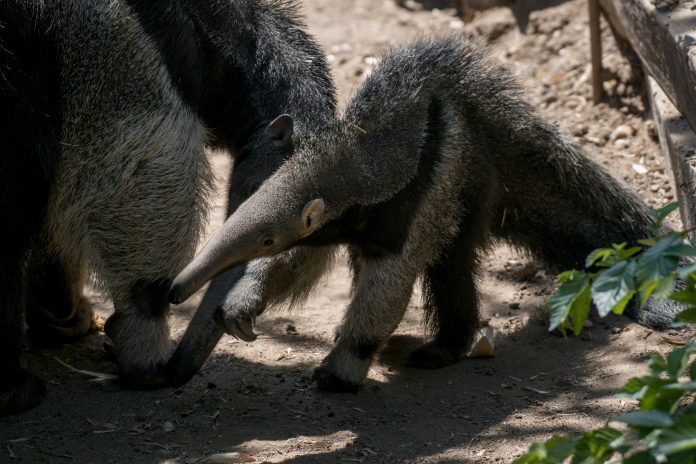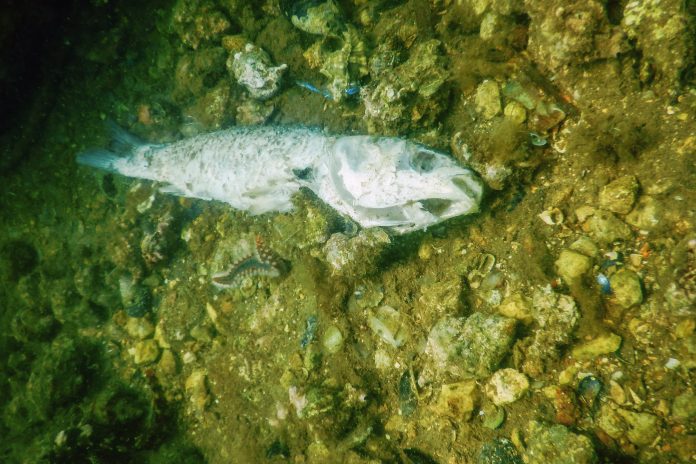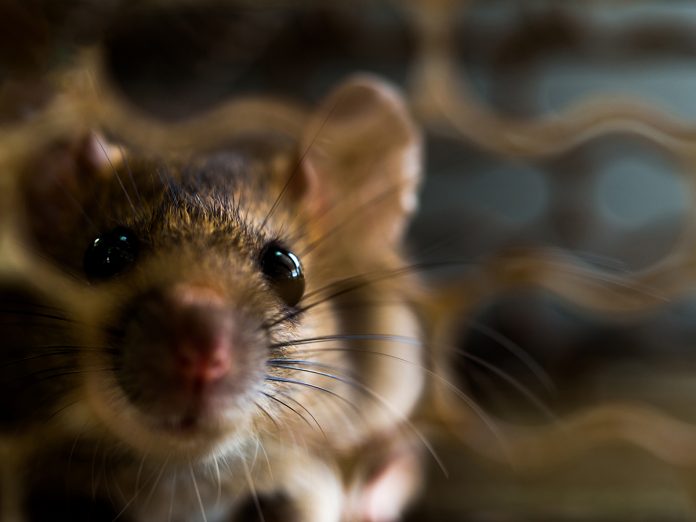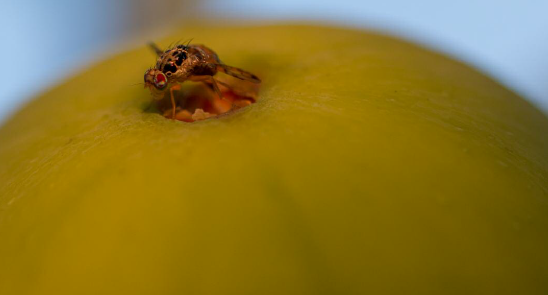Open Access Government produces compelling and informative news, publications, eBooks, and academic research articles for the public and private sector looking at health, diseases & conditions, workplace, research & innovation, digital transformation, government policy, environment, agriculture, energy, transport and more.
Home Search
pathogens - search results
If you're not happy with the results, please do another search
Environmental exposures during early life influence adult disease risk
Carolyn R. Klocke and Pamela J. Lein discuss how an individual’s experiences during early life can influence their risk for disease as an adult.
Soy production linked to habitat loss in Brazil
Researchers found that consumer markets for soy products have been linked to habitat loss in Brazil, suggesting a threat to biodiversity.
Marine geoscience research and UK aggregates
It is often said that we know more about the surface of the moon or Mars than the ocean floor, but marine geoscience research is enabling a better understanding of some of the biggest issues.
A time of unprecedented opportunity for ecology and evolutionary biology
Stephanie E. Hampton, Division Director and George W. Gilchrist, Acting Deputy Division Director, at the National Science Foundation’s Division of Environmental Biology, convey that now is a time of unprecedented opportunity for ecology and evolutionary biology.
The early history of public health from an evolutionary perspective
Romola Davenport and Richard Smith, Cambridge Group for the History of Population and Social Structure, Department of Geography, University of Cambridge, explore the history and evolution of public health, in this article.
The value of plant science in Europe today
The European Plant Science Organisation (EPSO) reveals its thoughts on the value of plant science and the many improvements it can generate in areas such as sustainable agriculture, forestry and environmental conservation.
Studying and advancing the field of plant pathology
The British Society for Plant Pathology’s aims of studying and advancing the field of plant pathology are explored here, including the importance of advancing education in the field.
Advances in plant pathology: Impact on tomato diseases
Aarthi Janakiraman, Industry Manager, Chemicals and Advanced Materials at TechVision, Frost & Sullivan, discusses advances in plant pathology, with a focus on the impact of this on tomato diseases.
Research on effects of microplastics needed, says WHO
The World Health Organization (WHO) calls for a further assessment on the effects of microplastics, following new research related to microplastics in drinking-water.
Rating trees for use in urban environments
With the benefits of trees in urban environments becoming more obvious Dr Nina Bassuk and colleagues discuss selection and implementation
Harnessing the plant microbiome for commercial applications
Philippe Rolshausen, Cooperative Extension Specialist based at University of California, Riverside, explains how the plant microbiome can be harnessed for commercial applications.
Agricultural issues: Protecting the United States from harmful invasive plant pests and diseases
The work of the Department of Agriculture’s Animal and Plant Health Inspection Service (APHIS) in the United States covers a wide range of agricultural issues, including protecting the U.S. from harmful invasive plant pests and diseases, as this article uncovers.
Implementing infection prevention and control (IPC) programmes worldwide
We spoke with Prof Benedetta Allegranzi at the World Health Organization (WHO) to find out about the importance of implementing infection prevention and control (IPC) programmes to reduce healthcare-associated infection (HCAI) and sepsis worldwide.
Water: The essential global resource
Mr. Mbayo Guy Kakumbi, Technical Officer and Dr Bagayoko Magaran, Senior Scientist from The World Health Organization (WHO) Regional Office for Africa reveal their stance on the essential global resource of water.
Cholera, water quality and public health in early Victorian cities
Romola Davenport and Richard Smith, Cambridge Group for the History of Population and Social Structure, Department of Geography, University of Cambridge explores the fascinating areas of cholera, water quality and public health in early Victorian cities.
Intramembrane proteases in the immune system
Prof Dr Regina Fluhrer from the LMU & DZNE in Munich and Prof Dr Bernd Schröder from the TU in Dresden, Germany, explain how intramembrane proteases contribute to the proper development of immune cells.
Looking at Signal Peptide Peptidase-Like proteases
Prof. Regina Fluhrer from LMU & DZNE and Professor Bernd Schröder from TU Dresden discuss how intramembrane proteases contribute to the development of immune cells.
UK-aid funding to develop vaccines against infectious diseases
The UK government will give £10 million of funding to the Coalition for Epidemic Preparedness Innovations (CEPI) to help develop vaccines.
Emerging and vector-borne disease research and training
Dr Leonard E.G. Mboera discusses the importance of studying emerging and vector-borne diseases at The Southern African Centre for Infectious Disease Surveillance.
Protecting and promoting U.S. agricultural health
The Animal and Plant Health Inspection Service has a wide-ranging mission that includes protecting and promoting U.S. agricultural health, as this article by Open Access Government Editor, Jonathan Miles uncovers.


